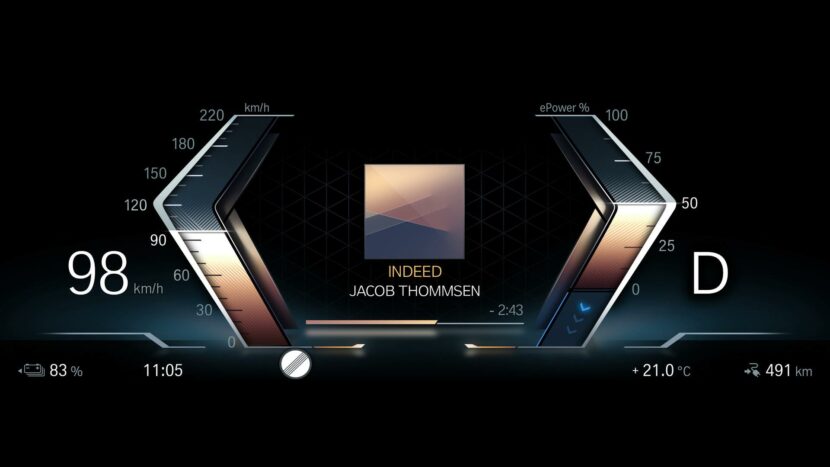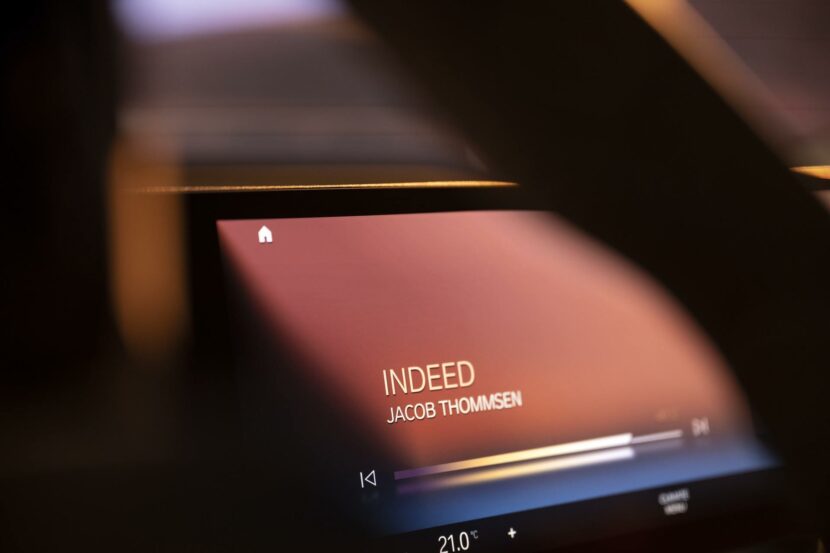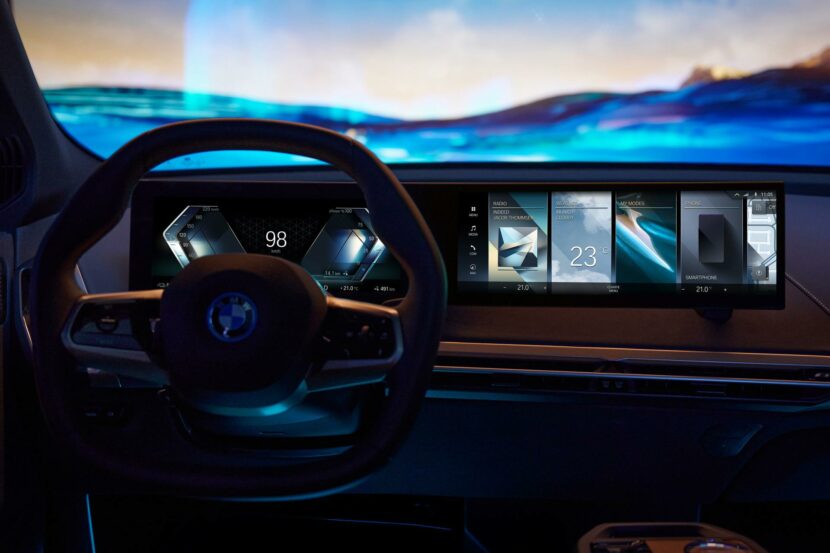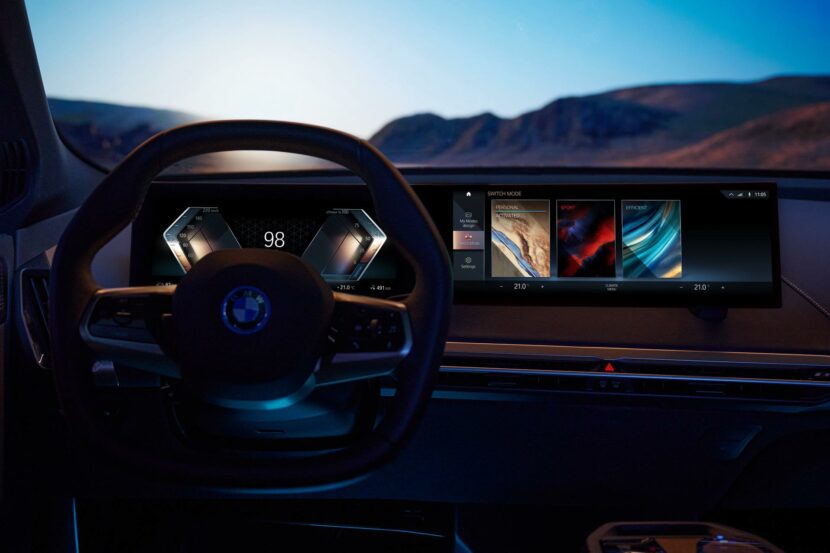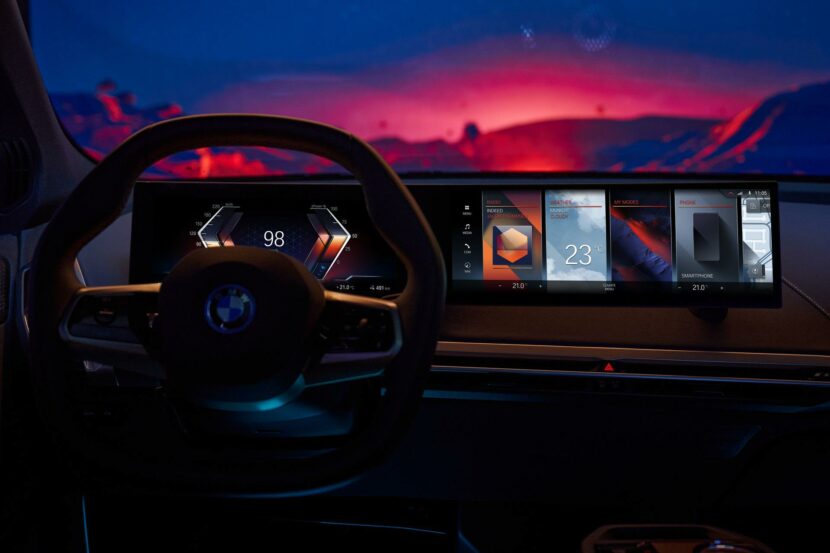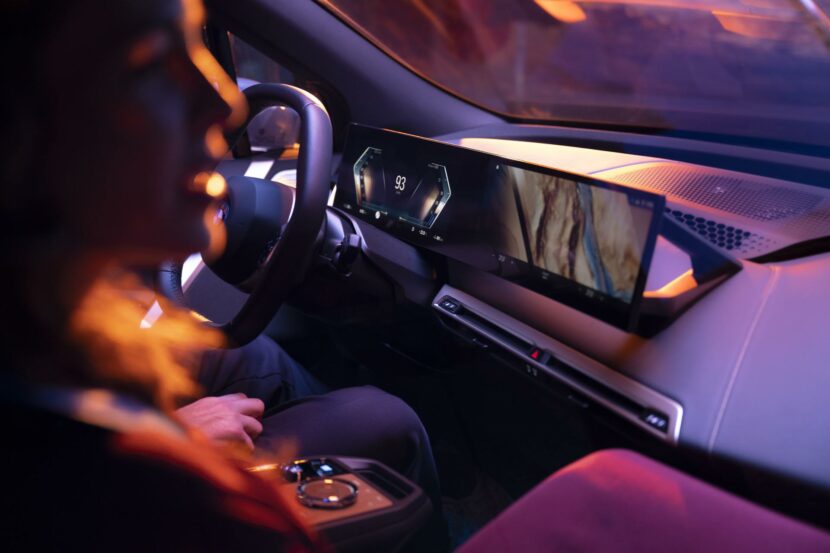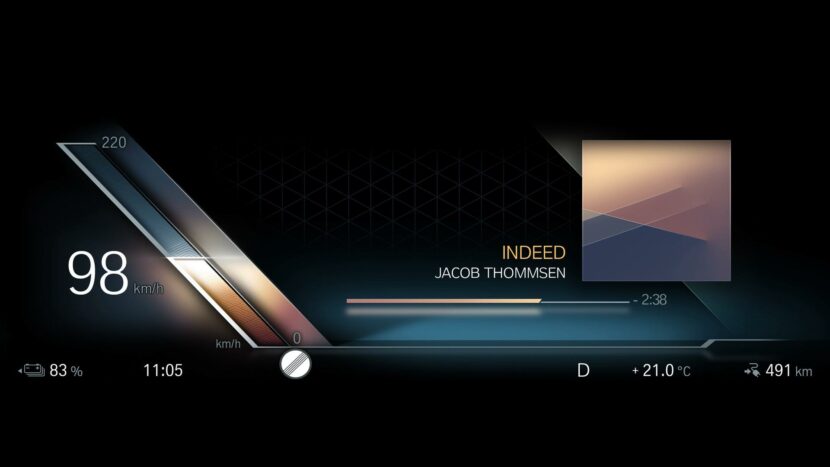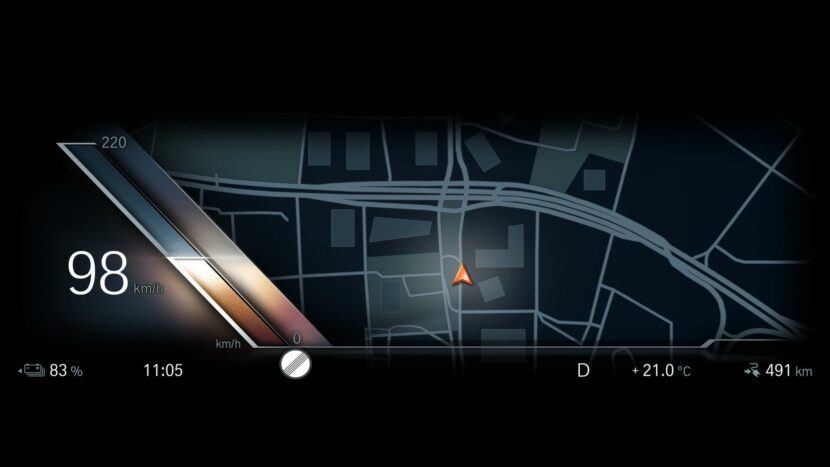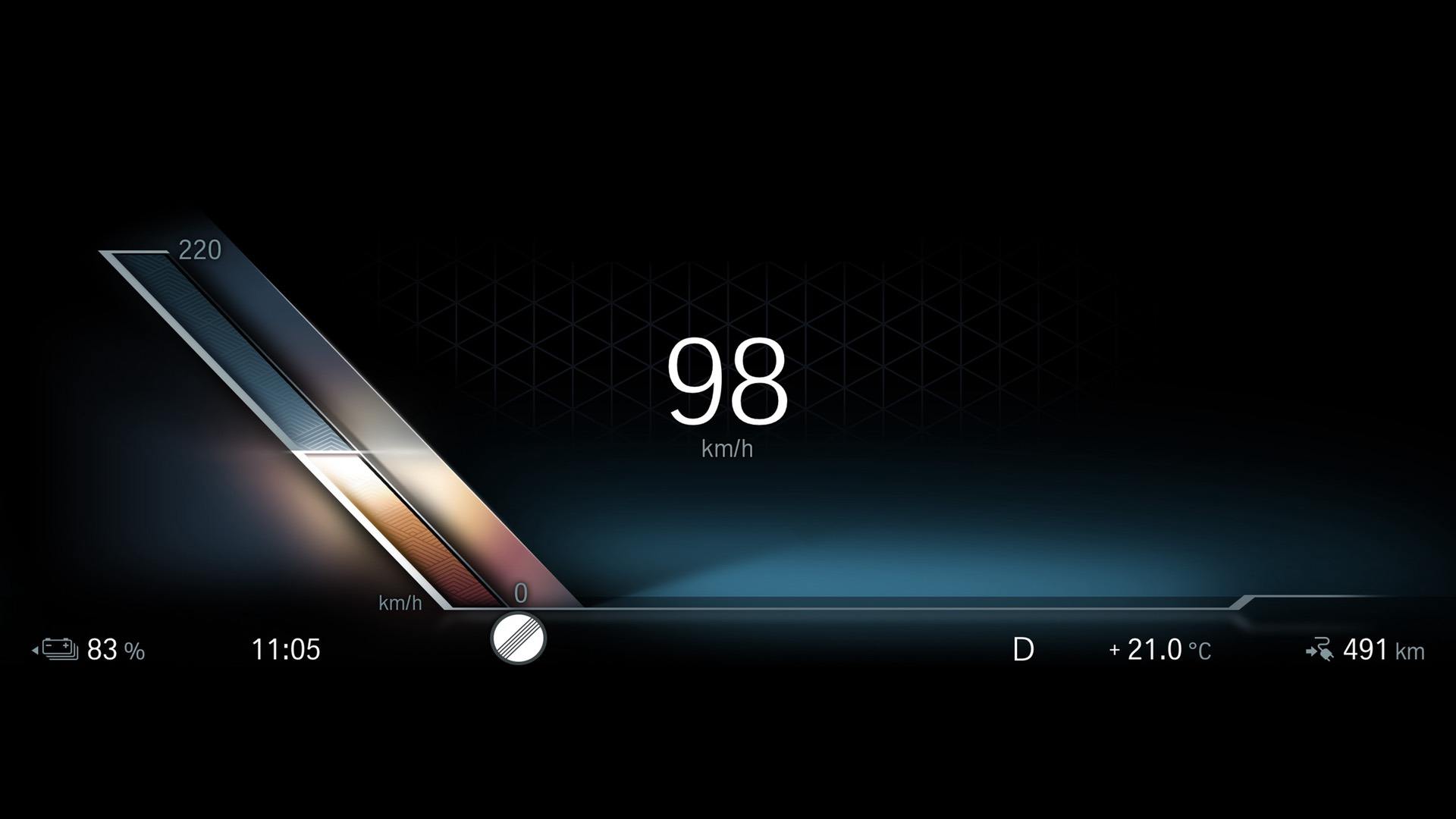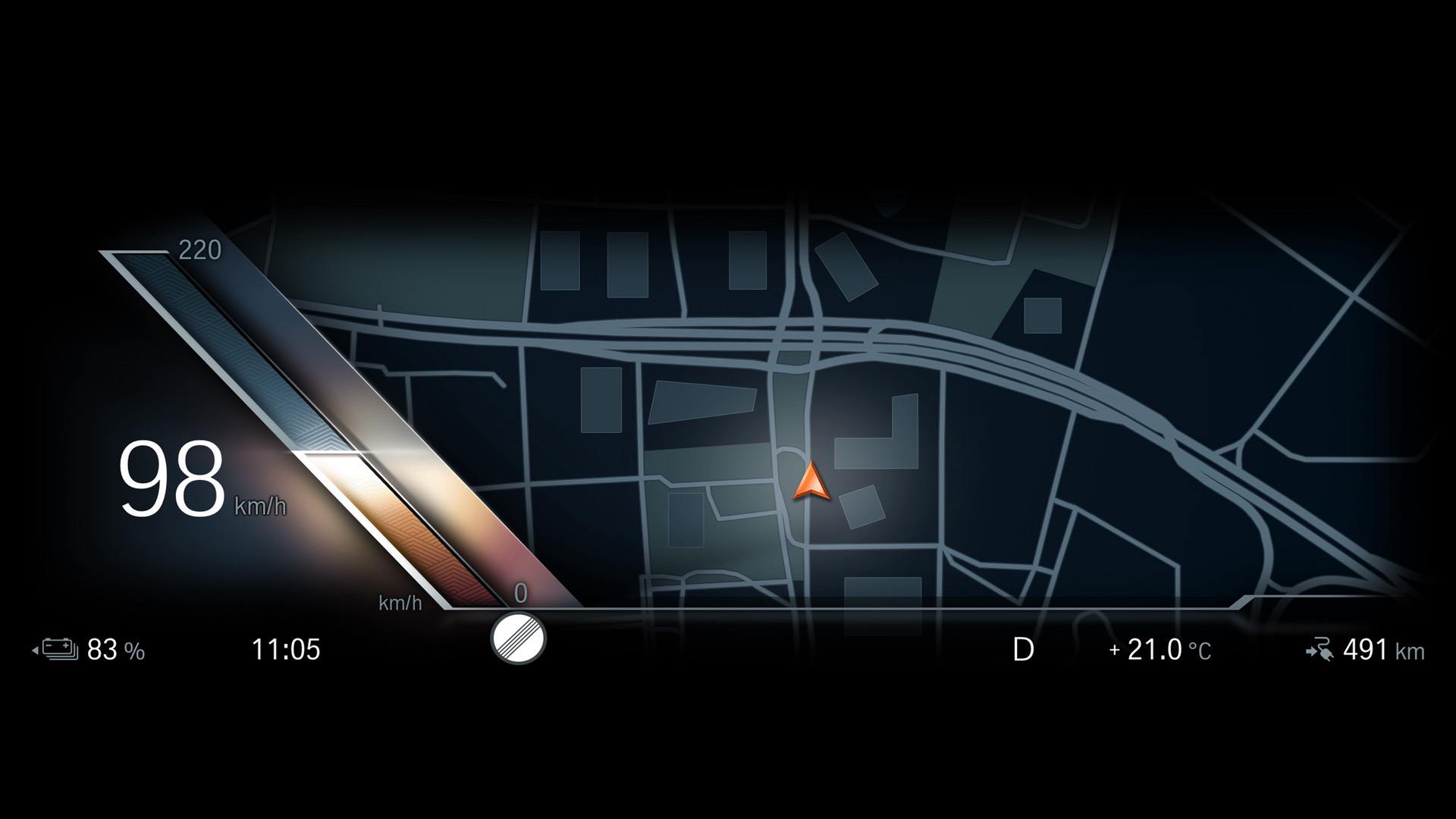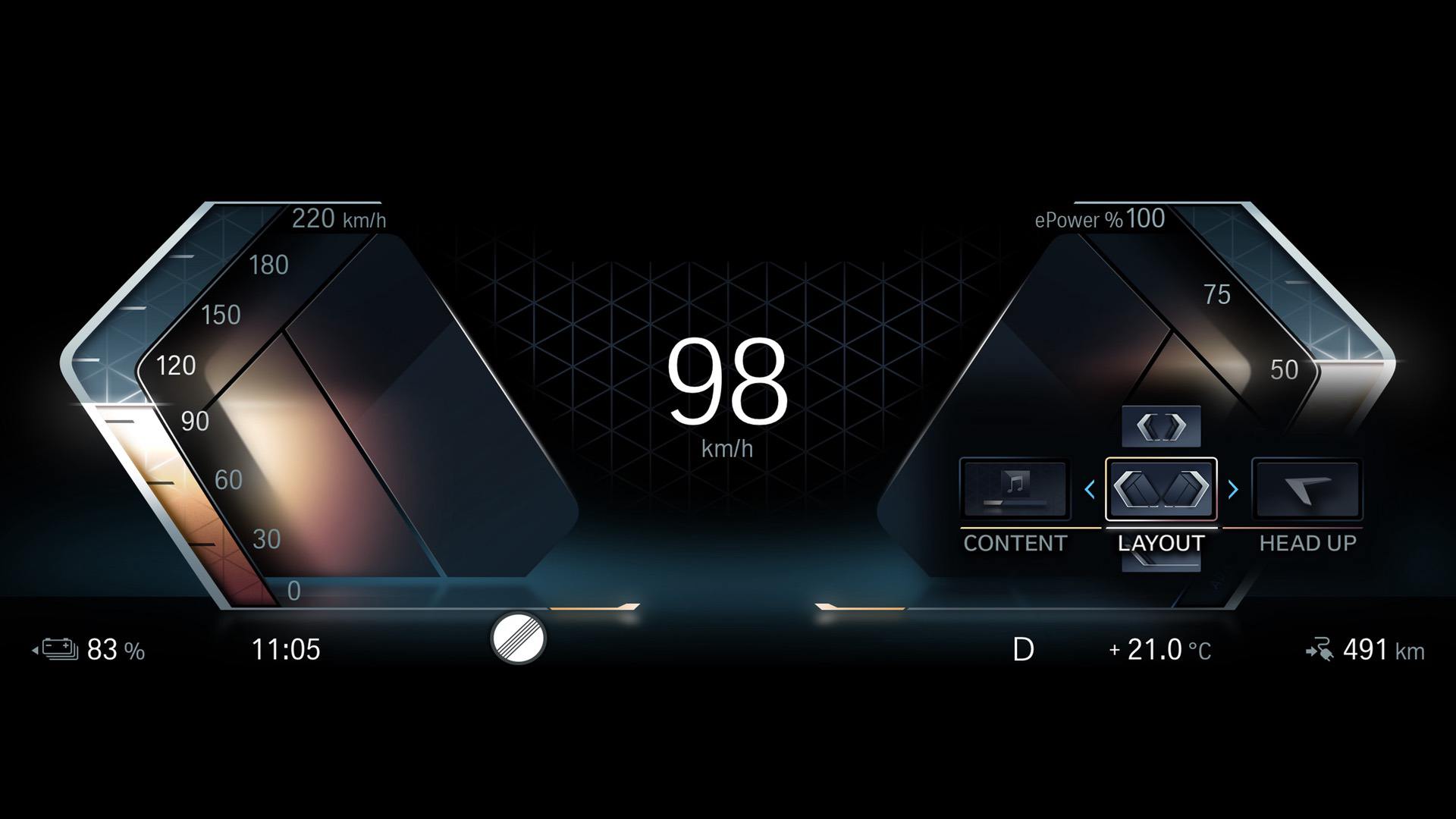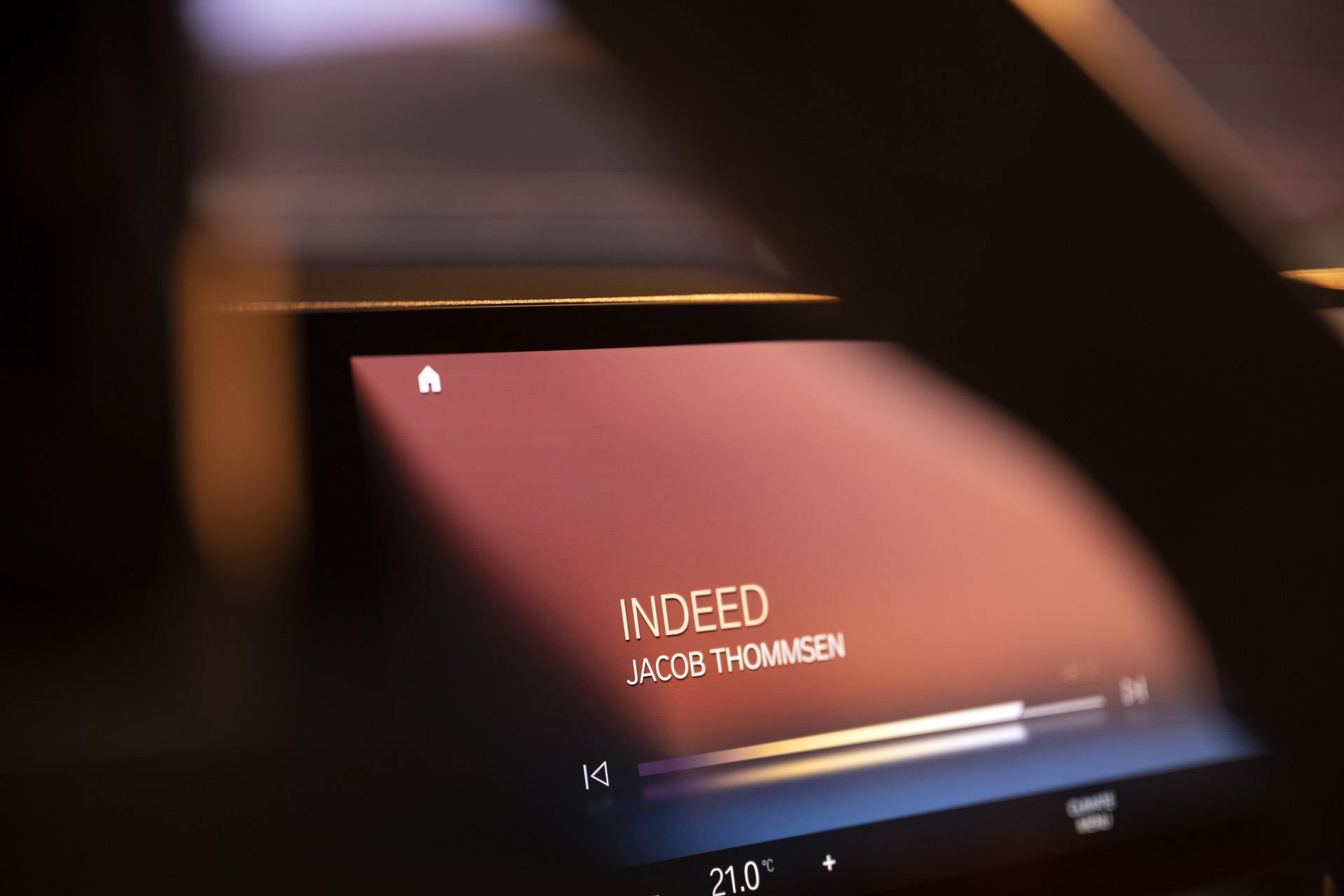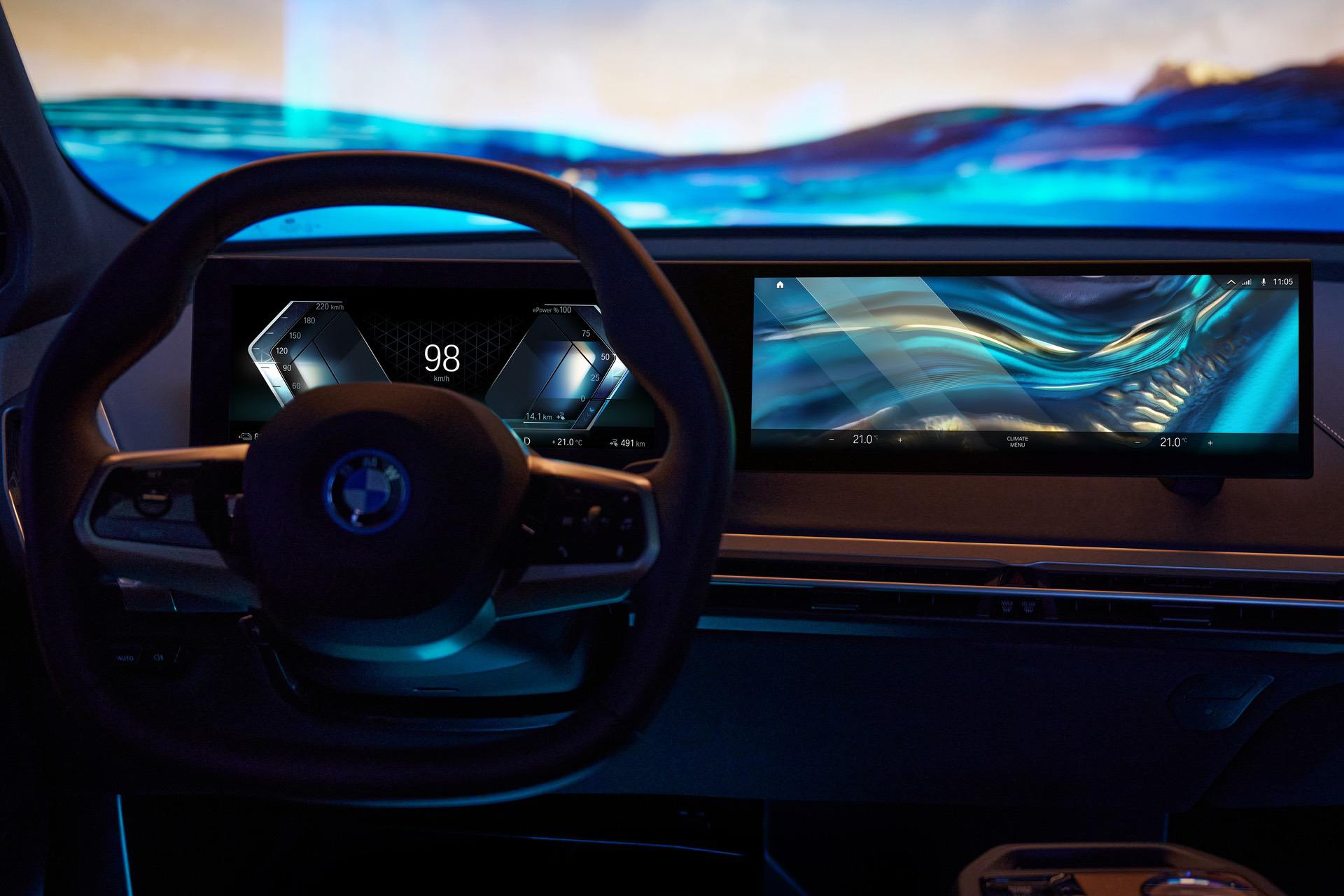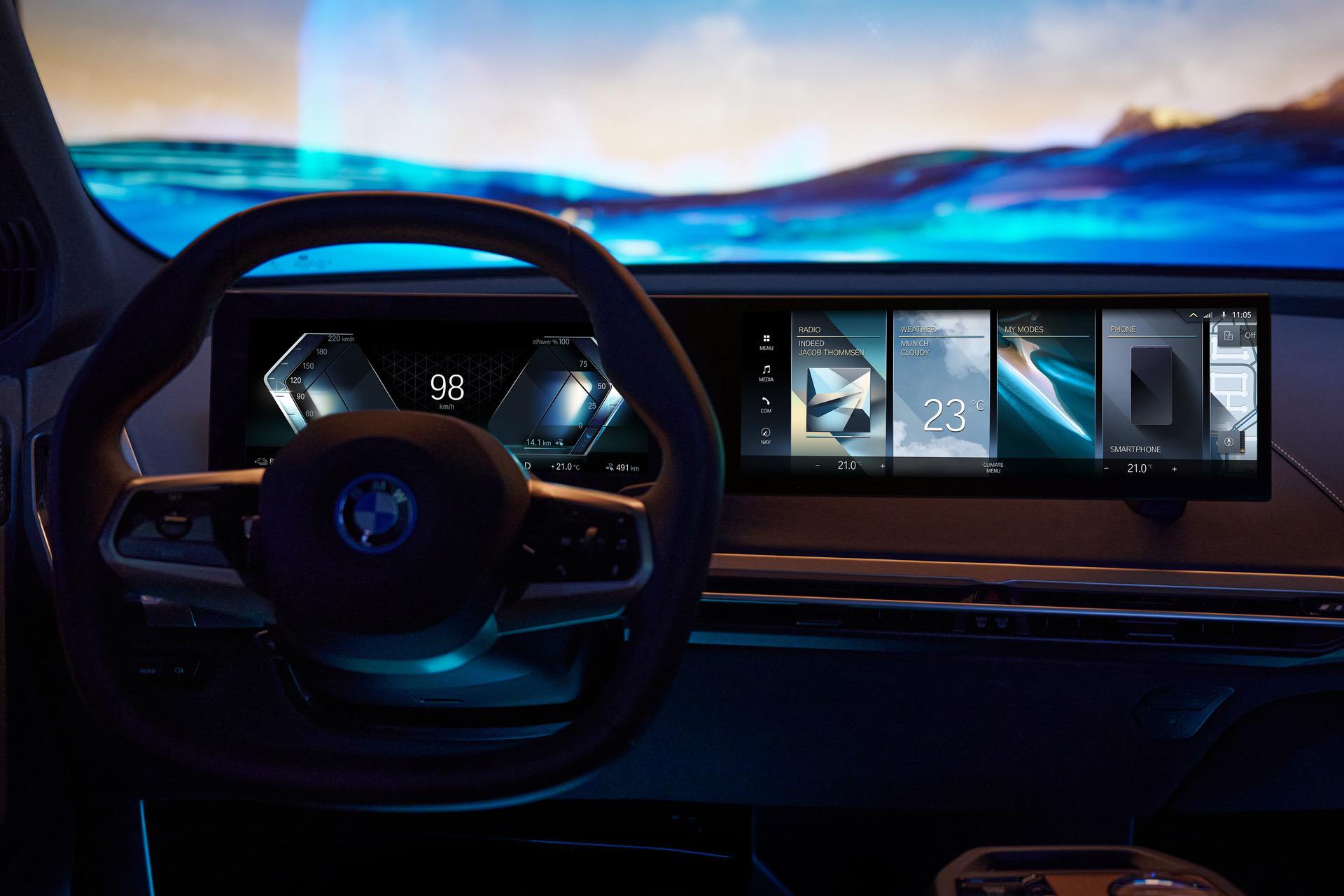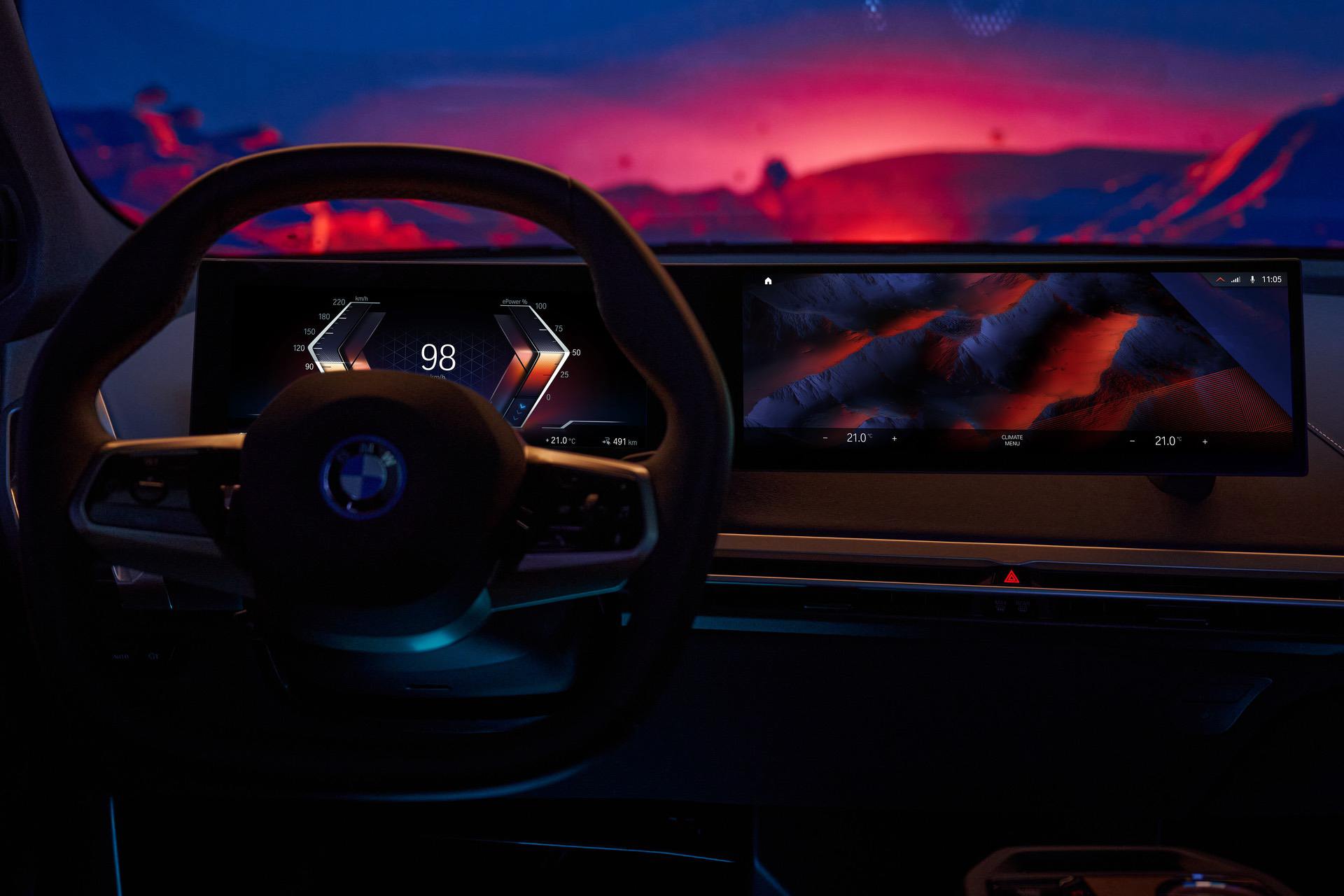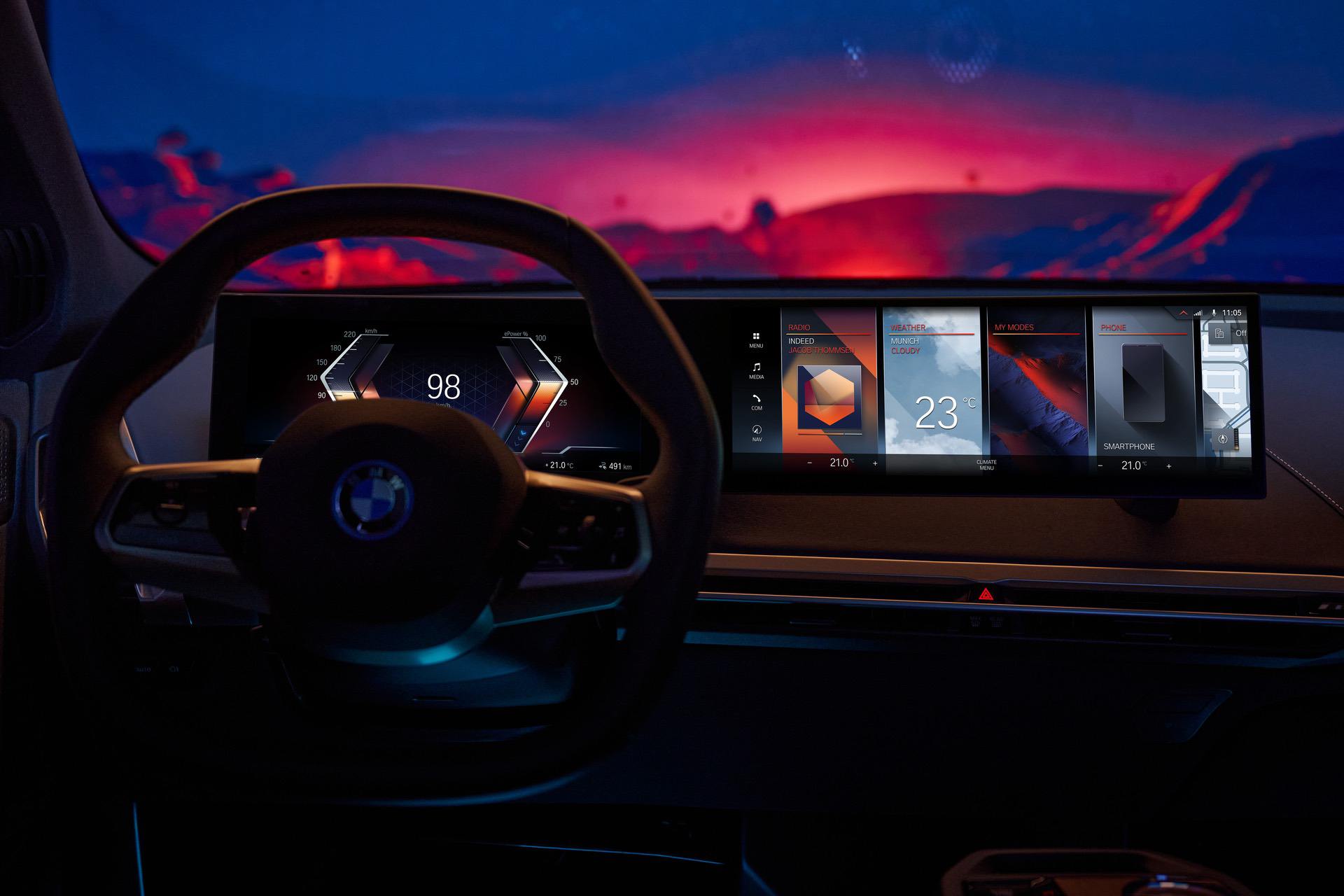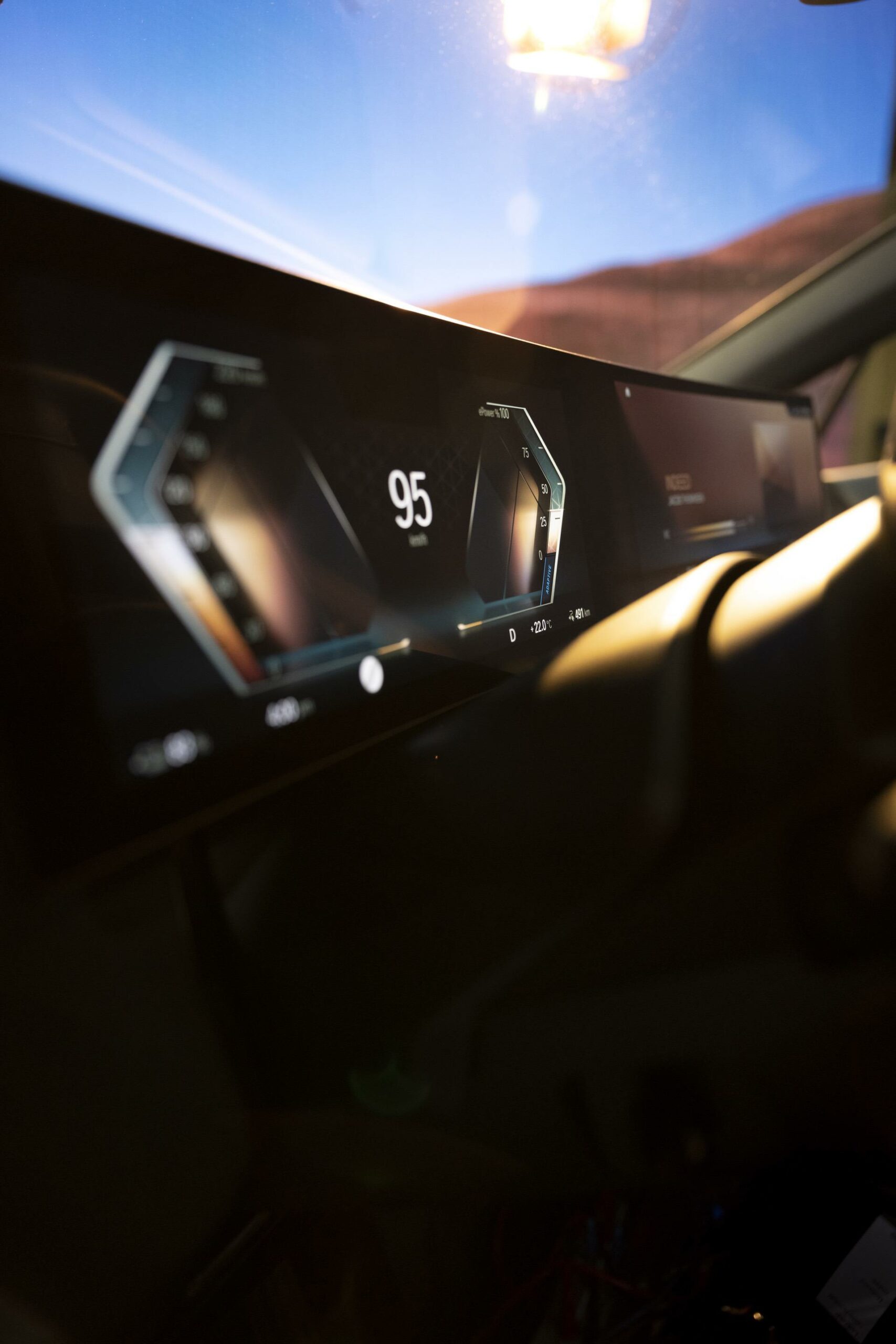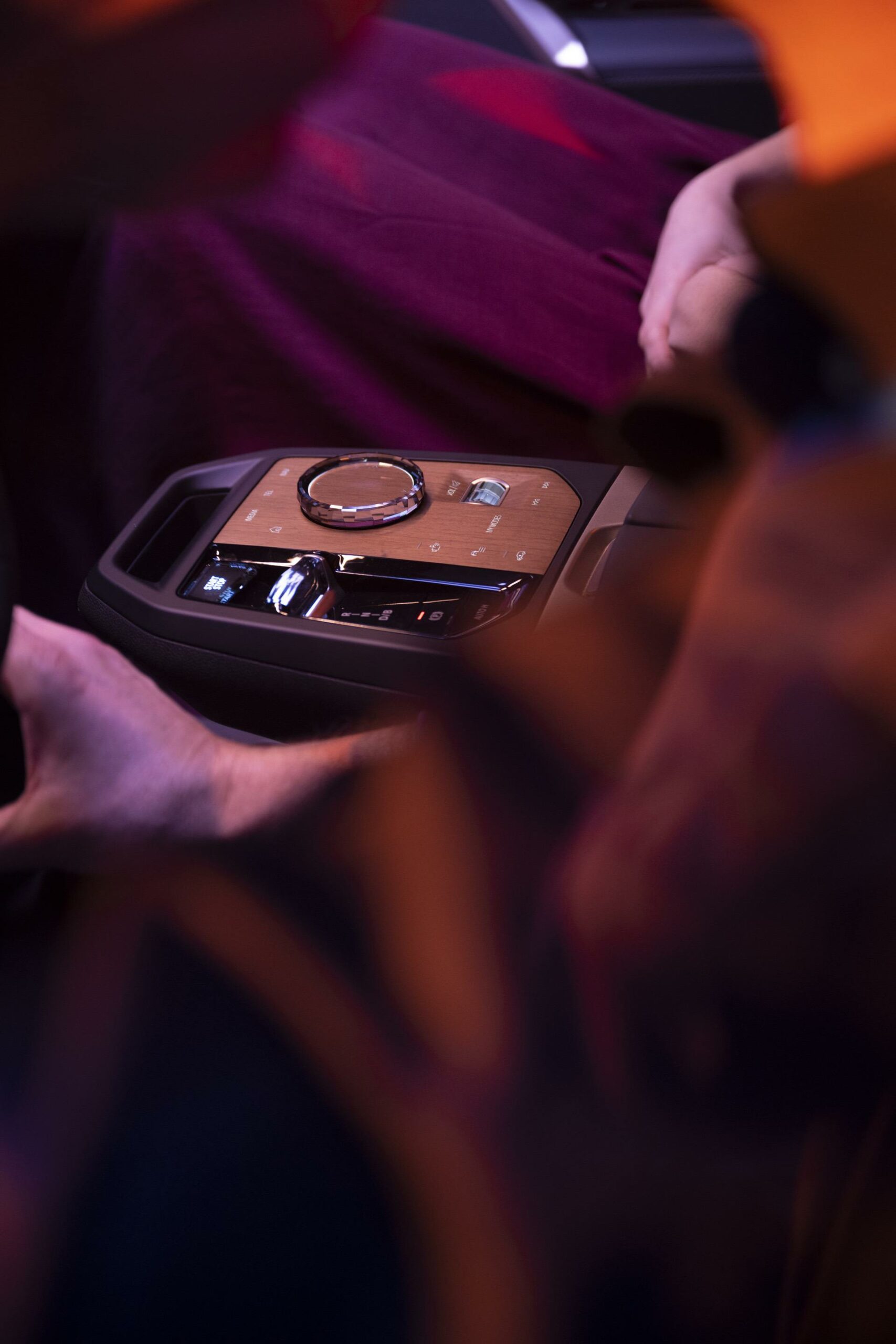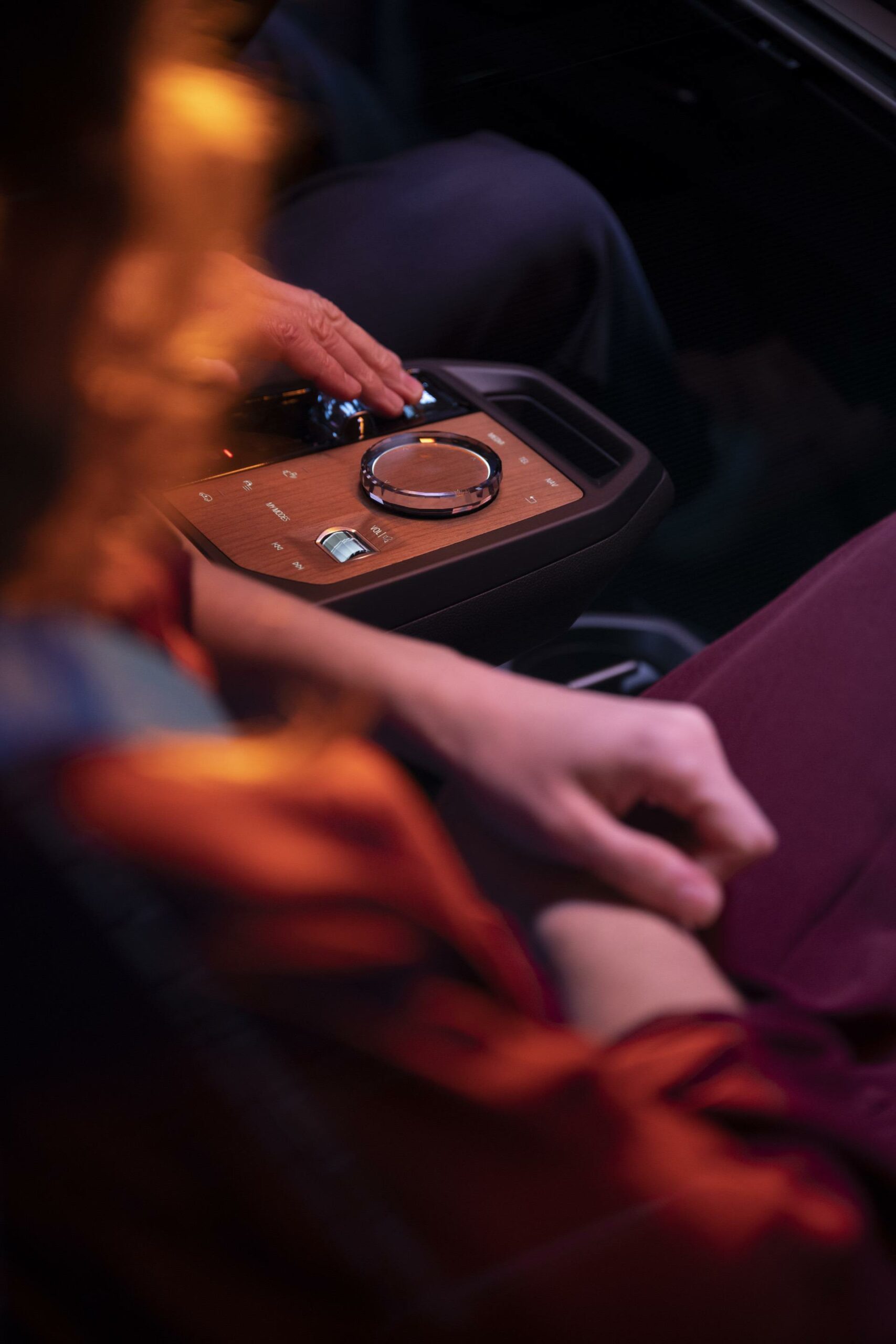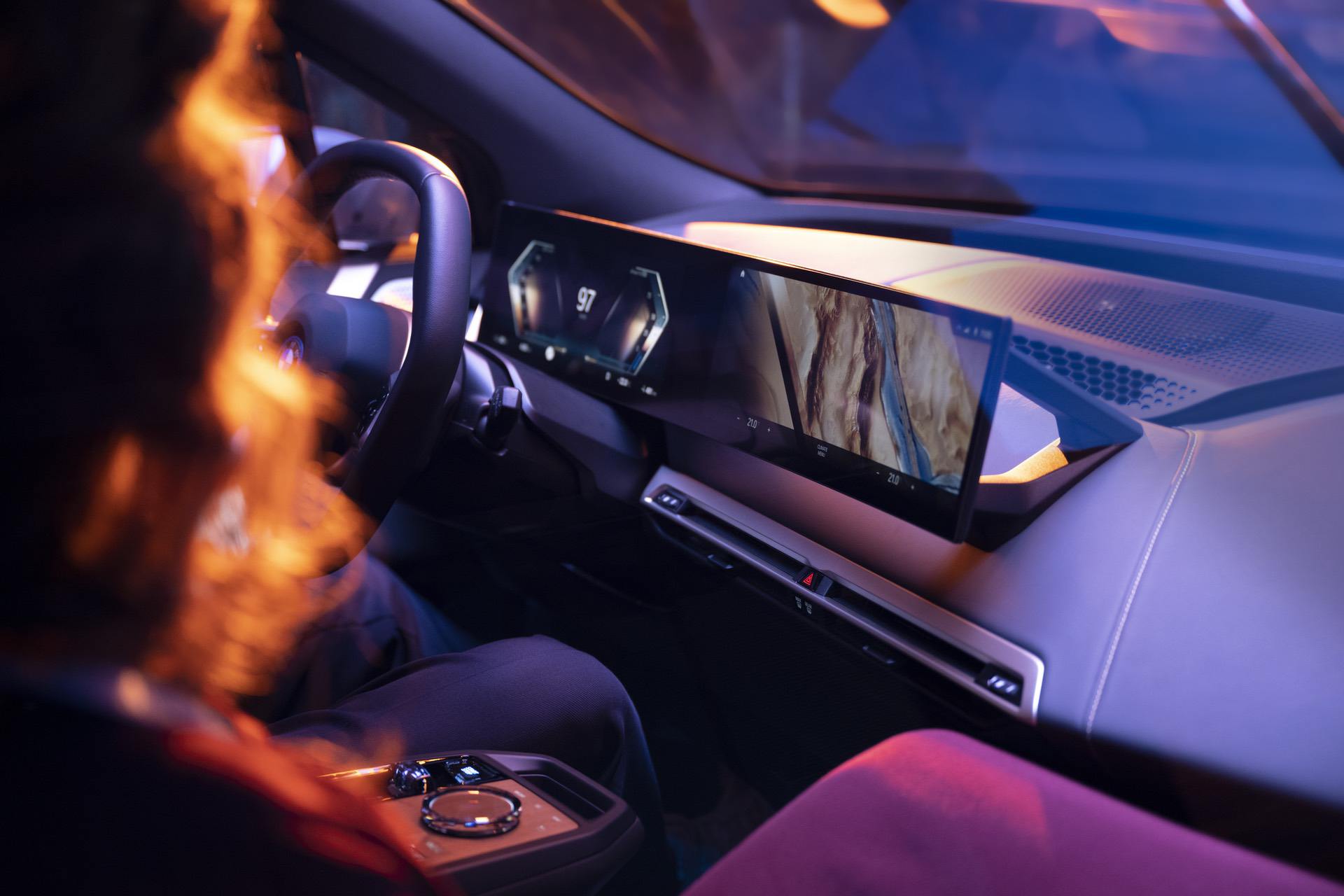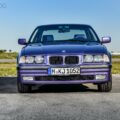BMW invented the infotainment system back in 2001, with the introduction of the E65-generation 7 Series. However, despite all of its flaws, BMW deserves credit for inventing the sort of infotainment systems that are now present in virtually every single car on the market. BMW also learned from its mistakes and iDrive became better with each new generation, eventually becoming the best in the industry, when iDrive 7 first arrived. Since 7 first launched, competitors have caught up and even surpassed BMW. Now, twenty years after the first-gen system, it’s time for a new version. It’s time for iDrive 8.
This new iDrive 8 will first launch in the BMW iX and then the BMW i4. Soon after that, the Bavarians will begin rolling it out, installing it in other models. It’s said to be vastly superior to the seventh-generation iDrive system it replaces, with improvements made to natural voice recognition, user interface, and even cloud-based machine learning.
The BMW ID
BMW ID is a new system that monitors repetitive patterns, learns from them, and then offers suggestions about how to use certain functions to better suit your needs. In addition to that, there’s also the My Modes function, which allows for drivers to customize various functions, characteristics, and settings. It can also gather pooled data from the cloud and offer suggestions for various functions, with the driver only needing to agree to allow the car to deploy them. It’s like a curated digital infotainment experience.
It’s not just you, as the driver, that iDrive 8 learns from, though. With cloud-based machine learning, iDrive 8 can pull data gathered from 14 million vehicles on the road to further enhance its capabilities. This will become more helpful as autonomous driving expands, as cloud-based machine learning can help provide more accurate pictures of the car’s surroundings, allowing it to better understand how to navigate them.
The iDrive Rotary Remains
You can rest easy knowing that, at least in the BMW iX, the classic iDrive rotary controller remains. While iDrive 8 only furthers the digitization of BMWs, and the actual iDrive screen itself is touchscreen, iDrive 8 does have some physical inputs. In addition to the rotary dial mounted on the center console, as always, there’s a dedicated volume knob and some touch-capacitive buttons, which are easier to use than touchscreens.
The Largest LCD Screen In A BMW
Speaking of touchscreens, though, iDrive 8 features the largest screen ever fitted to the cabin of a BMW, and it features the richest, crispest graphics to date, too. The massive 14.9-inch, 200 ppi, ultra-high resolution widescreen features bright, colorful graphics that are easy to recognize, and the main screen is comprised of massive, vibrant tiles that are clearer and easier to understand than before.
The screen itself is curved toward the driver, to evoke the canted dashboards from BMWs of old. Not only is it curved toward the driver for easier touchscreen ergonomics but it’s also merged with the 12.3-inch instrument panel, for a more harmonious look. While the graphics are new, it seems as if BMW is sticking with the backward rev-counter design it currently employs on its Live Cockpit Professional system.
Behind the instrument panel, an all-new head-up display sits flush with the dashboard, making it almost completely hidden from view. The graphics it displays on the windshield, just ahead of the driver, are vastly improved, much clearer, and more intuitive.
“Act, Locate, Inform”
To make all of the information displayed on three different screens; head-up display, instrument panel, and curved iDrive screen; BMW has created a new method of information display called “Act, Locate, Inform.” Using navigation as an example, the head-up display tells the driver what to do (Act); where to turn, how fast the speed limit is, and even lane recommendations.
On the driver’s instrument panel, the screen will location finding information (Locate), such as gas stations or any other points of interest. Lastly, the iDrive screen will provide all other information (Inform) to both the driver and the passenger. The idea is that each screen has a specific job to do and that information compartmentalization allows BMW to use three screens without overwhelming the driver.
Thankfully, BMW has allowed for greater customization of the driver’s display than seen on current cars, via steering wheel-mounted buttons. While the main display doesn’t change all that much, there are three different layouts for the two gauges, which change the sort of information displayed between them.
There’s also a two-axis system of controlling all three screens, right from the steering wheel, which is clever. So the driver can cycle between screen controls with just a thumb movement on the steering wheel. Widgets can also be placed on the screen, to help display certain information and functions.
Drive, Focus, and Gallery
The three different layouts for the driver’s screen are Drive, Focus, and Gallery. In the Drive layout, driver’s can use a dynamically changing screen in between the gauges to display relevant information. The Focus layout emphasizes just the gauges, with higher-resolution dials and broader needles, to allow the driver to focus on spirited driving.
Lastly, the Gallery layout minimizes the gauges and allows for a much larger center screen, filled with either media information, navigation, or anything else the driver wants. All three layouts are distinguished with a different color pallete and graphics.
Additionally, all three layouts come with a “calm” mode, which essentially chills the whole screen out by just displaying the speed, in the center of the screen. So if you’re having a long, frustrating day or maybe have a headache and don’t feel like looking at the graphical clutter of the layouts, you can switch it into “calm” mode.
There’s also a newly designed media player, which simplifies the information displayed and will actually use a song’s album art color scheme to display different colored visuals on the screen. It’s designed to be easier on the eyes and more pleasant.
Some more good news for many BMW fans. Those dedicated and customizable buttons you’ve become some accustomed to are back, though this time they are built into the touchscreen. However, a simple swipe down from the top of the curved iDrive display, or a tilt upward on the rotary controller, and your preset buttons emerge on the screen. They’re still customizable and still easy to use, though they do come with an extra step this time around.
Upgraded Gesture Control
Gesture Control remains but it’s also been given an upgrade, in addition to the BMW Intelligent Personal Assistant. The new personal voice assistant AI (BMW’s Siri) has been given not only an upgrade but also a face. A glowing orb that moves and changes, in response to a driver’s commands, allows the driver to better interact with it.
Taking it a step further, driver’s can now use Gesture Control to interact with it. BMW studied test people and told them to answer questions nonverbally, allowing BMW to study those answers. That date was then used to create the gestures used to communicate with the car.
It’s also said that the personal assistant now answers questions and responds to the passengers in a more light-hearted, but still precise, manner. I’d love to hear what a light-hearted German AI sounds like. A digital Hans Gruber, maybe?
Though, it is a quite clever assistant, in that it knows who’s talking to it. So if the driver engages it, its little glowing orb thingy appears in either the driver’s head-up display or instrument panel. However, if the passenger engages, the assistant’s little graphic is displayed in the upper right-hand corner of the curved iDrive screen.
BMW ID is also an interesting personalization feature. With it, drivers create a profile for themselves, that’s tied to a PIN code and the My BMW app. This BMW ID profile consists of nearly all the driver’s personalized settings, from seat position to exterior mirrors. Interestingly, that BMW ID profile can be used in any car with iDrive 7 or 8. So if you need to use a loaner car while yours is getting serviced, you just enter your BMW ID PIN into the new car and everything will be setup the way you like it. Nifty.
Great Entrance Moments
If you like to make an entrance, there’s also the new Great Entrance Moments feature and it’s exactly as it sounds. As you approach the car with the key (or smartphone with the digital key) and come within three meters, the car will gradually begin a welcome greeting. Its headlights and taillights will slowly start to illuminate, as will lights inside the cabin. Carpet lighting from the door sills will illuminate the ground for you, as the door handles illuminate to help you grab them at night. Once you’re within one and a half meters, the car doors unlock and the side mirrors unfold.
Once you open the door, the seat positions itself to make it easier for you to enter, the center console illuminates, seat and steering wheel heaters come on (if in use), and the screens show entrance animations. It’s all very theatric and designed to make entering the car more of an event.
BMW’s My Modes are essentially presets for up to ten different functions. There are the usual Efficiency and Sport modes, which set the car up for a calmer and sportier driving environment, respectively. In Efficient, a calming blue becomes the cabin’s dominant color, while Sport mode gets an orange-dominated cabin. Switching between modes is also accompanied by a corresponding sound. There’s also a Personal mode, which — you guessed it — is personal and customizable.
At launch, those three modes will be the only My Modes available but BMW is said to be implementing more as time goes on. Not sure if it’s necessary to have more modes but, with over-the-air updates, BMW can add new ones that work or potentially even remove ones that don’t.
Better Navigation
Navigations is also more accurate than ever, thanks to machine learning. Using cloud-based data, BMW’s new iDrive 8 can provide estimated times of arrival far more accurately than before. It no longer uses just traffic data but also learned probabilities. It can even use popular points of interest to determine potential traffic patterns, thus allowing for a far more accurate ETA, or even alternative routes. It can even help the driver find a parking space and will ask if such a task is required shortly before arriving at the destination.
iDrive 8 uses machine learning to even adjust the climate control. Based on an evaluation of 440 million drivers’ journeys across the world, the new iDrive system can determine what sort of climate controls to engage at certain points, at certain times. It can also learn your habits as a driver.
So if it’s winter and you set your temperatures; air, seat, steering wheel, and armrests; at certain temperatures every morning before your drive to work, it will automatically do that for you every time you start the car in the morning. You can even tell the personal assistant to warm certain parts of the car. Simply telling it that your feet are cold will make the car pump more hot air to your footwell.
Without question, iDrive 8 is the biggest leap of any iDrive system to date. It packs in loads of futuristic technology, new screens, new displays, new graphics, and far more functionality than ever before. While the BMW iX and i4 are getting it first, we’re very interested to see how it’s implemented in other new vehicles.



